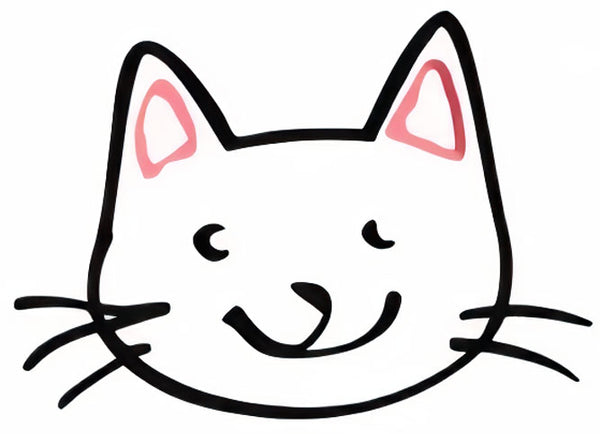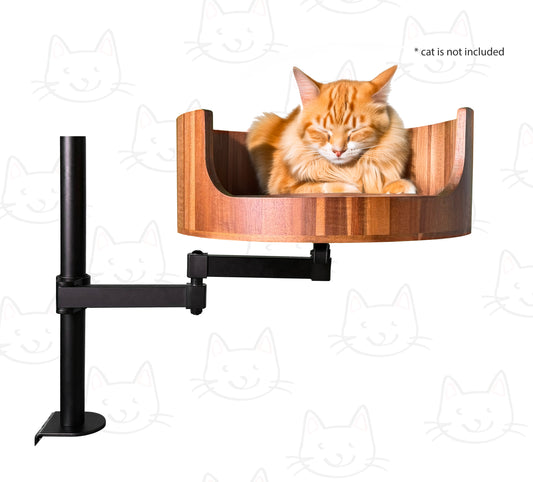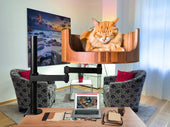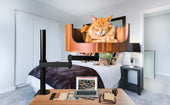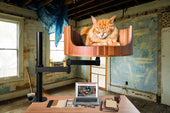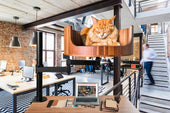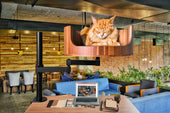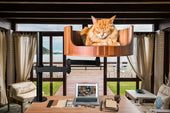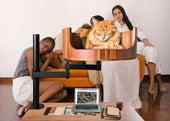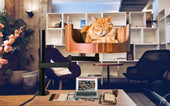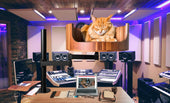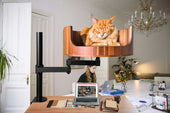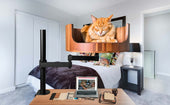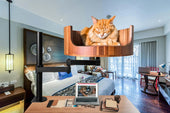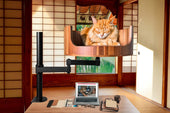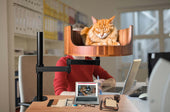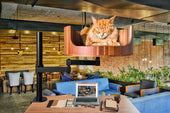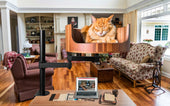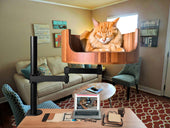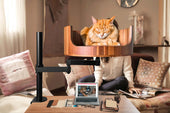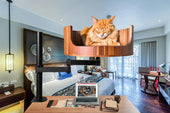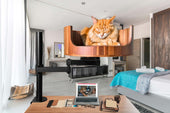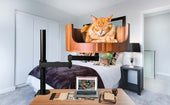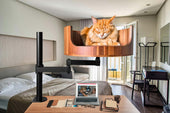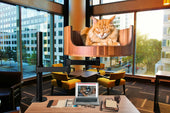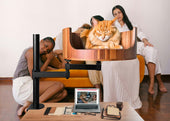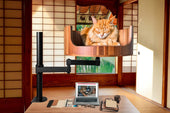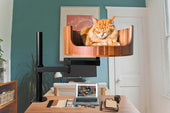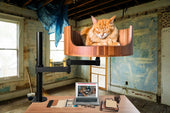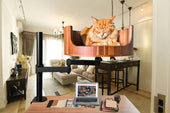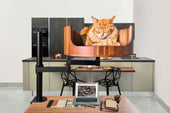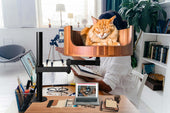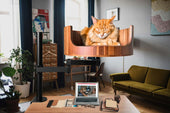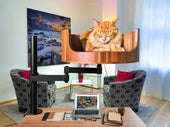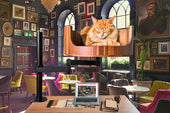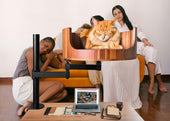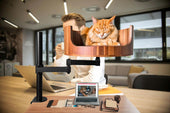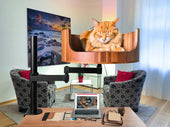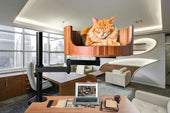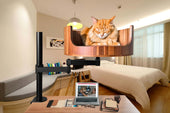
Why Does My Cat Eat Cardboard? Understanding the Behavior
Share
If you have ever found your cat munching on a piece of cardboard, you may be wondering why they have such a strange eating habit. Many cat owners have experienced this puzzling behavior firsthand, leading to questions about why cats are drawn to consuming cardboard. In this article, we will explore the reasons behind this peculiar behavior and provide insights into understanding why your feline friend may be indulging in this unusual snack.
Cats eating cardboard is a common phenomenon that has puzzled pet owners for years. From scratching posts to cat trees, our feline companions seem to have a fascination with destroying cardboard objects. But what drives this behavior? We will delve into the possible reasons why cats are attracted to cardboard, including their natural instincts, dietary considerations, and how it may relate to their overall well-being. By gaining a better understanding of why your cat eats cardboard, you can take steps to address any potential health concerns or behavioral issues that may be at play.
1. Cats may eat cardboard due to a condition called pica, which can be triggered by stress, boredom, or dietary deficiencies.
2. Providing mental and physical stimulation through interactive toys and regular playtime can help curb cardboard-eating behavior.
3. Ensuring a balanced and nutritious diet for your cat can prevent them from seeking out unusual objects to chew on.
4. Monitor your cat's behavior and consult with a veterinarian if you notice excessive cardboard consumption or any other concerning behaviors.
5. Creating a comfortable and stimulating environment for your cat can reduce the likelihood of them turning to cardboard for entertainment.
What is Pica in Cats?
Pica is a term used to describe the behavior of eating non-food items, such as cardboard, in animals. It is a common behavior in cats and can be caused by various underlying factors. Some cats may develop pica due to nutritional deficiencies, while others may do it out of boredom or as a coping mechanism for stress or anxiety.
Health Risks of Eating Cardboard
While eating small amounts of cardboard may not pose a serious health risk to cats, consuming large quantities can lead to intestinal blockages or obstructions. This can be a life-threatening condition that requires immediate veterinary attention. Ingesting sharp pieces of cardboard can also cause tears or cuts in the gastrointestinal tract, leading to infections or other complications.
Addressing the Behavior
If your cat is regularly eating cardboard, it is important to address the behavior to prevent any potential health risks. Providing your cat with appropriate toys, scratching posts, and interactive playtime can help keep them mentally and physically stimulated, reducing the likelihood of them seeking out non-food items to chew on. Additionally, ensuring your cat's diet is balanced and meets their nutritional needs can help reduce the urge to eat non-food items out of nutritional deficiencies.
Consulting with a Veterinarian
If your cat's cardboard-eating behavior persists or if you notice any signs of distress or health issues, it is recommended to consult with a veterinarian. They can help determine the underlying cause of the behavior and provide guidance on how to manage it effectively. In some cases, medication or behavioral therapy may be necessary to address pica in cats.
Frequently Asked Questions
Why does my cat eat cardboard?
There are a few reasons why your cat may enjoy chewing on cardboard. Sometimes, cats chew on cardboard as a way to alleviate stress or boredom. Other times, they may be attracted to the texture or taste of cardboard. Additionally, chewing on cardboard can help with their dental health by providing a surface to grind their teeth on.
Is it safe for my cat to eat cardboard?
While small amounts of cardboard are generally considered safe for cats to ingest, it is not recommended for them to consume large quantities. Consuming too much cardboard can lead to digestive issues, such as blockages or obstructions. If you notice your cat eating large amounts of cardboard, it is best to discourage the behavior and provide them with appropriate chew toys instead.
How can the Desk Cat Nest help prevent my cat from eating cardboard?
The Desk Cat Nest provides a cozy and comfortable spot for your cat to relax and play. By providing your cat with a designated space to lounge and play, they may be less likely to seek out other objects, such as cardboard, to chew on. Additionally, the Desk Cat Nest is made of durable materials that are safe for your cat to interact with, reducing the temptation to chew on less appropriate items like cardboard.
Can the Desk Cat Nest be used for other purposes besides preventing my cat from eating cardboard?
Absolutely! The Desk Cat Nest is a versatile piece of furniture that can be used for a variety of activities. Your cat can use it as a cozy spot to nap, a hideaway to retreat to when they need some alone time, or a fun playground to climb and explore. The Desk Cat Nest provides endless opportunities for your cat to engage in natural behaviors and stay happy and healthy.
In conclusion, providing your cat with a Desk Cat Bed can help deter them from eating cardboard by offering a comfortable and safe alternative for resting and playing. This innovative cat bed not only satisfies your feline's natural instincts but also promotes better behavior and overall well-being. With its durable construction and cozy design, the Desk Cat Bed is a valuable choice for any cat owner looking to prevent their pet from indulging in harmful habits like cardboard consumption. Invest in the Desk Cat Bed today to give your cat a healthier and more fulfilling lifestyle.
